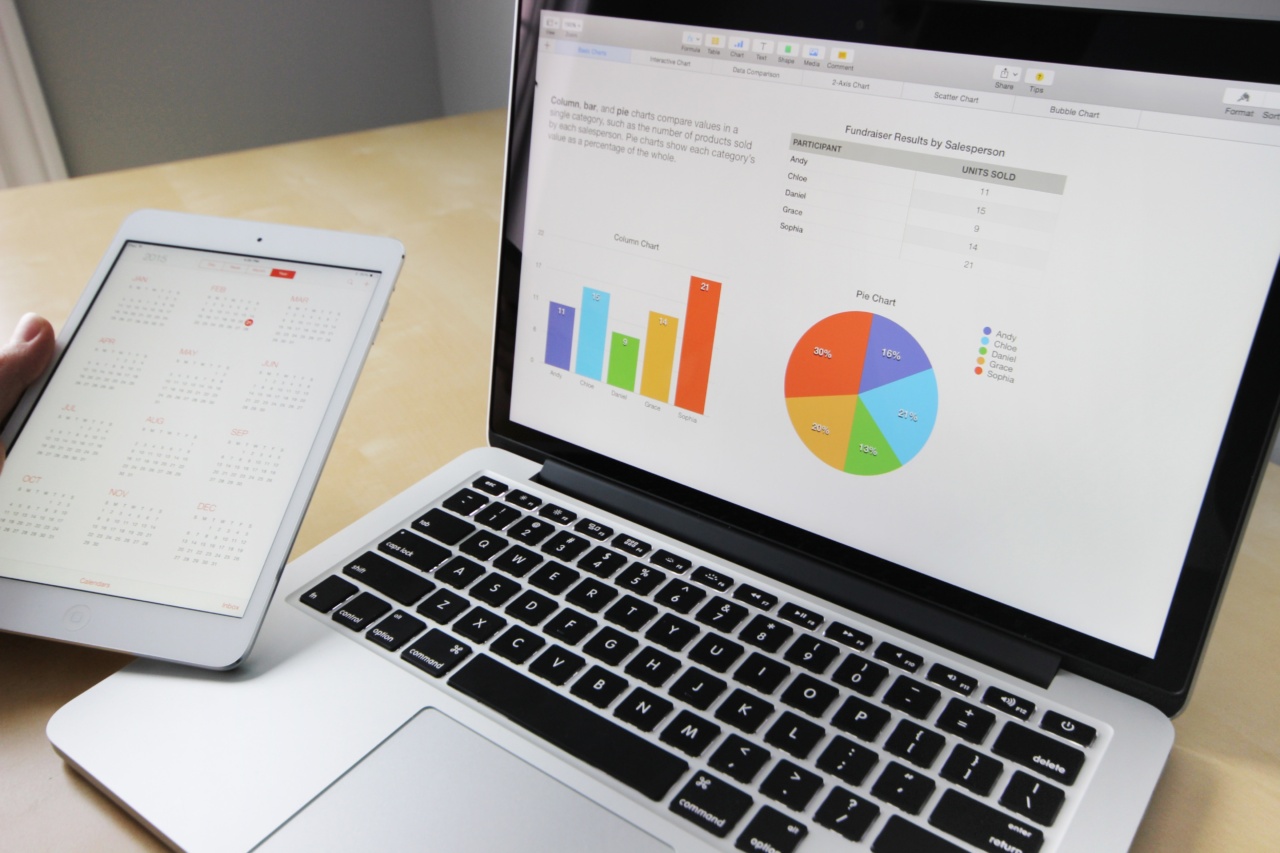Syncope, also known as fainting, is a temporary loss of consciousness caused by a sudden drop in blood flow to the brain. It can be a concerning and potentially dangerous condition, especially if the underlying cause is unknown.
However, medical advancements have made it easier than ever to diagnose and monitor syncope. One such advancement is the ability to visualize syncope results, which can provide valuable insights for both healthcare providers and patients.
The Importance of Visualizing Syncope Results
Visualizing syncope results allows healthcare providers to have a better understanding of the underlying causes and potential triggers of syncope episodes.
By analyzing visual data, doctors can identify patterns, track progress, and make more informed treatment decisions. This can lead to improved patient outcomes and a more personalized approach to managing syncope.
Types of Syncope Tests
There are several tests that can help visualize syncope results:.
1. Electrocardiogram (ECG)
An ECG measures the electrical activity of the heart and can detect abnormalities that may be causing syncope.
By visualizing the ECG results, healthcare providers can identify irregular heart rhythms or other cardiac issues that could be contributing to the fainting episodes.
2. Holter Monitor
A Holter monitor is a portable device that continuously records a person’s heart activity for an extended period, typically 24 to 48 hours.
By visualizing the Holter monitor results, doctors can observe the heart’s electrical signals throughout the day and night, allowing for a more comprehensive evaluation of heart function during syncope episodes.
3. Echocardiogram
An echocardiogram uses sound waves to create detailed images of the heart’s structure and function.
By visualizing the echocardiogram results, healthcare providers can assess the heart’s pumping ability, detect abnormalities, and evaluate the structure of the heart valves. This test can help identify any underlying heart conditions that may be contributing to syncope.
4. Tilt Table Test
A tilt table test involves lying flat on a table, which is then tilted to an upright position. This test helps simulate the conditions that may trigger syncope.
By visualizing the results of this test, doctors can observe changes in heart rate, blood pressure, and other vital signs during different positions, providing valuable information about the mechanisms behind syncope.
Benefits of Visualizing Syncope Results
Visualizing syncope results offers several benefits:.
1. Accurate Diagnosis
By visualizing syncope results, healthcare providers can accurately diagnose the underlying cause of syncope. This leads to more targeted and effective treatment plans, tailored to each individual’s specific needs.
2. Treatment Monitoring
Visualizing syncope results allows doctors to monitor the effectiveness of the chosen treatment plan. By comparing new results with previous ones, healthcare providers can assess if the treatment is working or if adjustments are needed.
3. Patient Education
Visualizing syncope results can empower patients by providing them with a tangible representation of their condition.
Seeing the data firsthand helps them understand the severity of their syncope and motivates them to follow the recommended treatment plan.
4. Research and Advancements
By visualizing syncope results from a large pool of patients, researchers and scientists can gain valuable insights into the condition. This can lead to the development of new treatments and a better understanding of syncope’s underlying causes.
Conclusion
Visualizing syncope results is a crucial step in diagnosing and managing syncope effectively.
By utilizing tests such as ECG, Holter monitors, echocardiograms, and tilt table tests, healthcare providers can gain valuable insights into the underlying causes and triggers of syncope episodes. This can lead to more accurate diagnosis, personalized treatment plans, and improved patient outcomes.
Embracing the power of visual data in syncope management brings us one step closer to a future where syncope is better understood and successfully managed.























